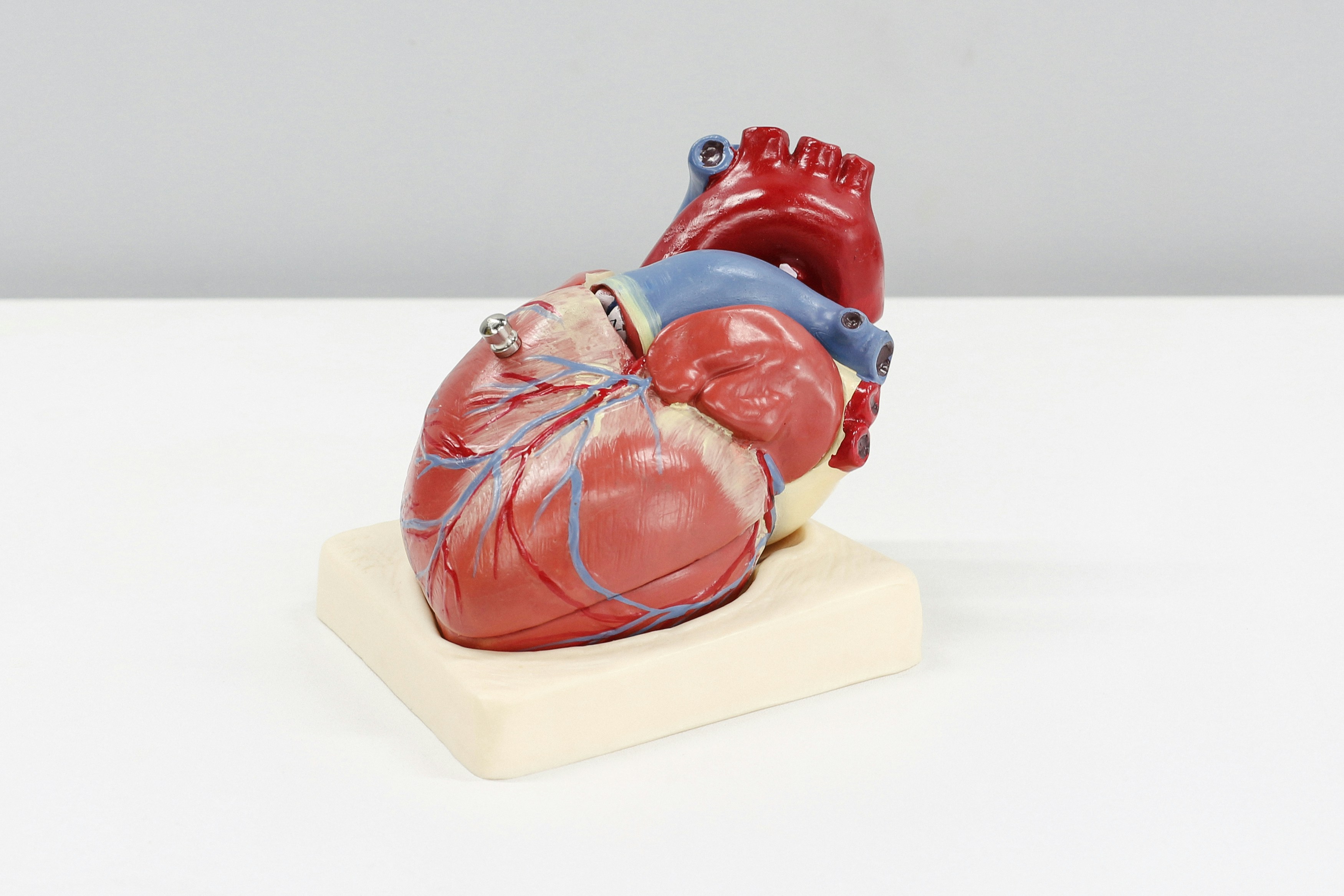Media release
From:
Gene therapy reverses diabetes heart failure
Scientists have reversed diabetic heart failure with a genetic therapy in mice and a miniature human hearts made from stem cells.
In Aotearoa, New Zealand more than 300,000 people have diabetes and it is estimated that half of these have some form of heart damage which increases the risk of heart failure.
“Diabetes often leads to problems with the heart’s ability to relax properly between beats, known as diastolic dysfunction” says co-lead researcher Associate Professor Kim Mellor, head of Cellular and Molecular Cardiology at Waipapa Taumata Rau, University of Auckland.
Together with Professor Lea Delbridge, head of the Cardiac Phenomics Laboratory at the University of Melbourne, Mellor has discovered a process, called ‘glycophagy’, used by cells to break down excess glycogen in heart cells.
In diabetes, this process becomes disrupted, leading to diastolic dysfunction, where the heart becomes stiff and struggles to relax and fill properly. See Nature Cardiovascular Research.
“Before now, it has not been understood how the heart can store and mobilise sugar to create energy,” says Mellor. “The heart needs a lot of energy to pump and we have shown this isn’t working well in the diabetic heart. If we can understand that process, we can treat it.”
The group, which included a large network of international researchers, also found that a protein called GABARAPL1 is key to glycophagy and is deficient in diabetic heart disease.
In diabetic mice, the group successfully trialled using a virus to deliver genes to the heart to boost this key protein, GABARAPL1, and restore the breakdown of glycogen in the heart.
The treatment reduced glycogen buildup and improved heart function, without affecting blood sugar levels or body weight.
“We’ve shown that fixing this energy recycling system in heart cells can reverse the damage caused by diabetes,” says Mellor. “It’s a completely new way of thinking about how to treat diabetic heart disease.”
The genetic therapy also worked in miniature human hearts grown from human stem cells, improving their ability to relax after each beat, a key sign of healthy heart function.
“This discovery could lead to a new class of treatments that target the heart directly, rather than just managing diabetes symptoms,” says Delbridge.
“It is significant to find an intervention that can benefit the heart’s relaxation,” says Mellor. “That’s the way the heart fills with blood and there aren’t many medicines that can improve how the heart fills, rather than how it contracts.”
The researchers plan to explore clinical applications and investigate how sex differences may influence treatment response. Early findings suggest the therapy may be especially effective in female hearts, which show stronger glycophagy responses.
The study was supported by funding from the Health Research Council of New Zealand, the Marsden Fund of New Zealand, the National Health & Medical Research Council of Australia, Diabetes Australia, and the National Institutes of Health (USA).



 Australia; New Zealand; International; VIC; QLD
Australia; New Zealand; International; VIC; QLD



